Costa Rica, a tropical paradise located in Central America, boasts a diverse climate that varies significantly from month to month. This Costa Rica weather guide will help you understand the weather patterns across different regions, ensuring you plan your trip at the perfect time.

Whether you’re planning a beach vacation, a rainforest adventure, or a cultural exploration, understanding the Costa Rican weather can help you make the most of your trip.
From the sunny beaches of the Northern Pacific to the lush rainforests of the Caribbean Coast, the weather in Costa Rica plays a crucial role in shaping your travel experiences.
Let’s get into the month-by-month breakdown of Costa Rican weather across key destinations: Caribbean Coast, Arenal Volcano Region, Central Valley, Central and South Pacific, Northern Pacific, and Monteverde.

January
General: January marks the beginning of the dry season, with sunny and warm weather and average temperatures ranging from 75°F to 90°F (24°C to 32°C).
Caribbean Coast: Expect occasional rain despite the dry season elsewhere. Temperatures are warm and humid.
Arenal Volcano Region: This area experiences its rainy season, so expect rain showers.
Central Valley: sunny and warm, with comfortable temperatures perfect for exploring San José and surrounding areas.
Central and South Pacific: Warm and mostly dry, ideal for beach activities and exploring rainforests.
Northern Pacific: sunny, warm, and dry—perfect for beachgoers.
Monteverde: The windy season, with sunny skies, wet breezes, and frequent rainbows.
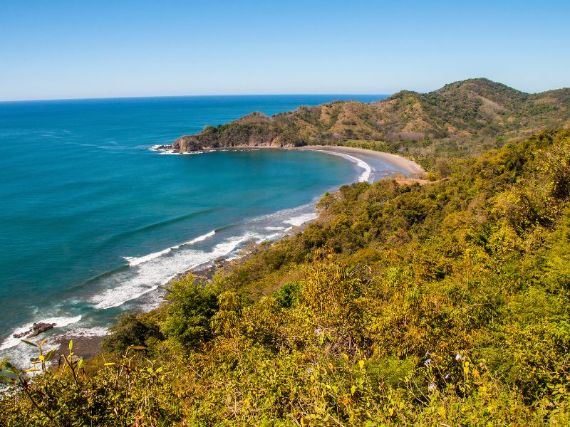
February
General: February continues with sunny days and clear skies, temperatures remaining consistent.
Caribbean Coast: occasional showers but mostly warm and humid.

Arenal Volcano Region: Still rainy, with some sunshine breaking through.
Central Valley: warm, sunny days with clear skies.
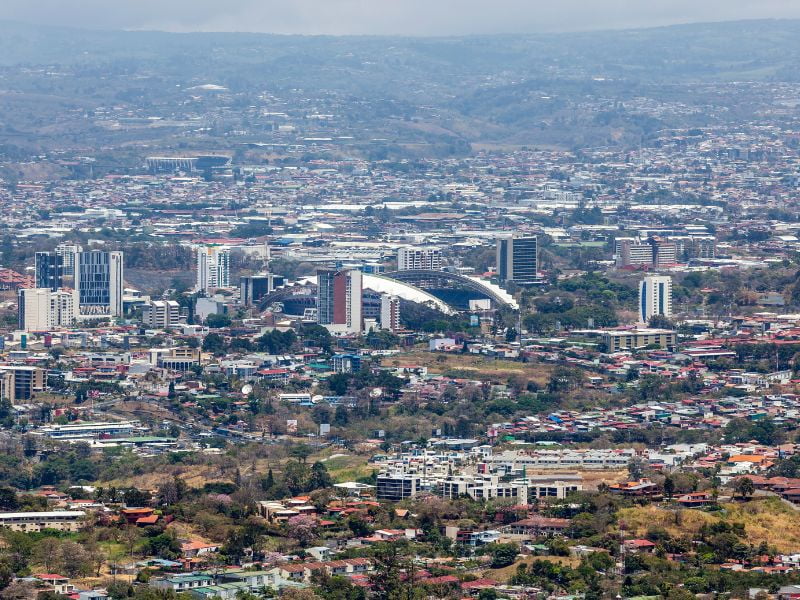
Central and South Pacific: warm, dry, and perfect for outdoor activities.
Northern Pacific: continuation of sunny and warm weather.
Monteverde: The windy season continues, with clear skies and occasional rainbows.
March
General: The tail-end of the dry season, with bright sunshine and parched landscapes.
Caribbean Coast: Warm and humid, with less rain.
Arenal Volcano Region: Transitioning to sunnier weather.
Central Valley: consistently warm and sunny.
Central and South Pacific: warm with dry conditions.

Northern Pacific: sunny and warm, excellent for beach activities.
Monteverde: The windy season winds down, maintaining sunny skies and breezy conditions.
April
General: A transitional month with mostly sunny weather and occasional showers.
Caribbean Coast: Still experiencing rainy season showers.
Arenal Volcano Region: Occasional rain with increasing sunny days.
Central Valley: warm and sunny, occasional thunderstorms.
Central and South Pacific: warm, with occasional showers.
Northern Pacific: sunny and warm, preparing for the rainy season.

Monteverde: The windy season ends, leading to wetter conditions with sunny breaks.
May
General: Beginning of the rainy season, characterized by thunderstorms and rain showers.
Caribbean Coast: Increasing rain showers.
Arenal Volcano Region: Regular thunderstorms and rain.
Central Valley: Warm, with frequent rain showers.
Central and South Pacific: regular rain showers, maintaining warm temperatures.
Northern Pacific: Start of the rainy season, with increasing showers.
Monteverde: Rainy season begins, with lush greenery and frequent rains.

June
General: Typical rainy season month, with frequent rain showers and thunderstorms.
Caribbean Coast: continuous rain showers.
Arenal Volcano Region: Frequent rain, essential for lush vegetation.
Central Valley: regular rain showers and warm temperatures.
Central and South Pacific: frequent rain showers, maintaining lush vegetation.
Northern Pacific: Regular rain showers and thunderstorms.
Monteverde: The rainy season continues, enhancing the region’s lushness.
July
General: Part of the “little summer” or “veranillo,” a drier period within the rainy season.
Caribbean Coast: Slight reduction in rain, but still humid.
Arenal Volcano Region: Morning sun with afternoon showers.

Central Valley: sunny mornings and afternoon rains.
Central and South Pacific: sunny mornings, afternoon showers.
Northern Pacific: Less rain, with drier conditions.
Monteverde: Break from heavy rains, with sunny mornings and afternoon showers.
August
General: Continues the “little summer” trend, with sunny mornings and afternoon rain showers.
Caribbean Coast: Consistent rain with sunny breaks.
Arenal Volcano Region: Mix of sun and showers.
Central Valley: warm, with afternoon rains.
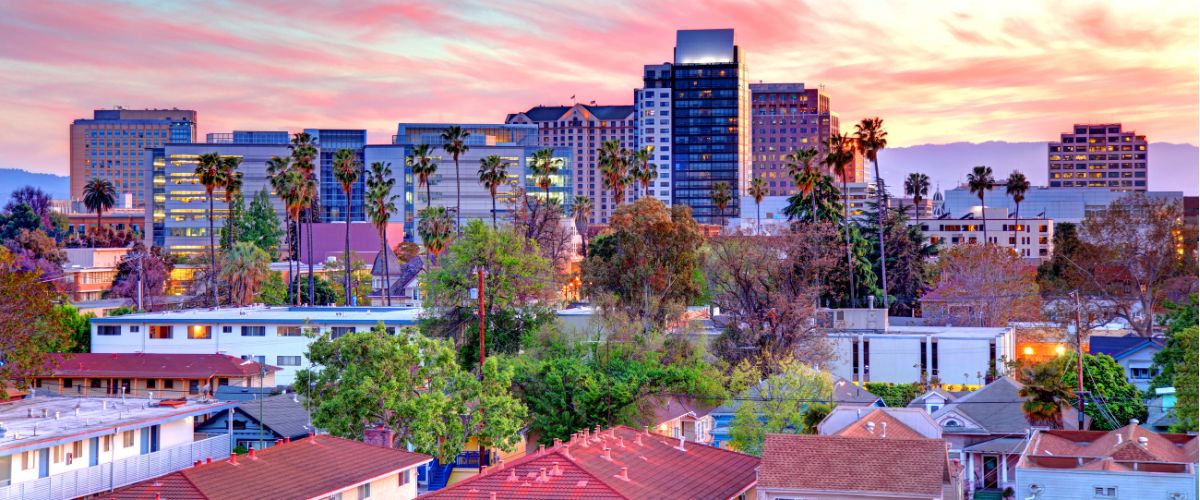
Central and South Pacific: morning sun, afternoon showers.
Northern Pacific: Drier conditions, ideal for outdoor activities.
Monteverde: Similar to July, with sunny mornings and showers later in the day.

September
General: Marks the end of the “little summer” and the beginning of the peak rainy season.
Caribbean Coast: Heavy rain showers and thunderstorms.
Arenal Volcano Region: frequent rain, active wildlife.
Central Valley: regular rain showers and warm temperatures.
Central and South Pacific: frequent rain showers and thunderstorms.
Northern Pacific: Regular rain showers and thunderstorms.
Monteverde: Peak rainy season, with lush greenery and frequent rains.
October
General: Typical rainy season month, with frequent rain showers and thunderstorms.
Caribbean Coast: continuous rain showers and humid conditions.
Arenal Volcano Region: frequent rain, lush landscapes.
Central Valley: regular rain showers and warm temperatures.
Central and South Pacific: continuous rain showers, active wildlife.
Northern Pacific: Regular rain showers and thunderstorms.
Monteverde: Lush and green, with continuous rain showers.
November
General: End of the rainy season, with decreasing rain showers and thunderstorms.
Caribbean Coast: Gradually decreasing rain showers.
Arenal Volcano Region: Less frequent rain, increasing sunny days.
Central Valley: reducing rain showers, warm temperatures.
Central and South Pacific: decreasing rain, preparing for the dry season.
Northern Pacific: Less frequent rain showers, warming up.
Monteverde: Start of the windy season, with wet breezes and sunny skies.

December
December is a weird month if you are in the higher areas of Costa Rica. On the Pacific Coast there will be an increase in the winds. And it gets quite sunny.
However, for the mountains, and the Central Valley is very windy, there is a permanent drizzle and lots of rainbows. It is the favorite month of the year for many Costa Ricans.
General: Beginning of the dry season, with sunny days and clear skies.
Caribbean Coast: occasional rain, mostly sunny.
Arenal Volcano Region: Mix of sun and occasional rain showers.
Central Valley: sunny, warm days.
Central and South Pacific: sunny and warm, ideal for outdoor activities.
Northern Pacific: sunny and warm, perfect for beachgoers.
Monteverde: Windy season in full swing, with wet breezes and sunny skies, frequent rainbows.
Conclusion
Whether you’re soaking up the sun on the Northern Pacific beaches, exploring the rainforests of the Caribbean Coast, or hiking through the vibrant landscapes of Monteverde, being prepared for the Costa Rican weather will enhance your experience.
Embrace the natural beauty and diverse climate of this stunning country, and make your adventure unforgettable.
By understanding these weather patterns, you can plan your activities and destinations in Costa Rica more effectively. Enjoy your adventure in this diverse and beautiful country!


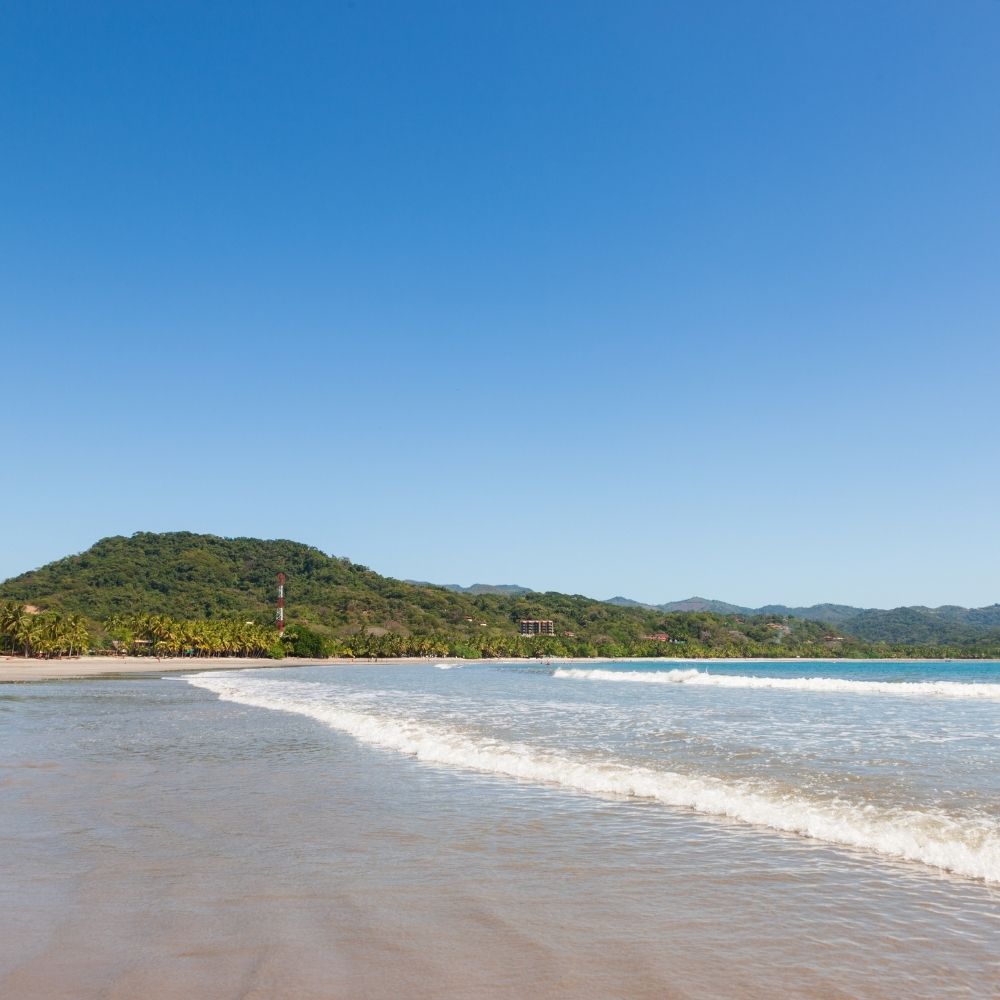
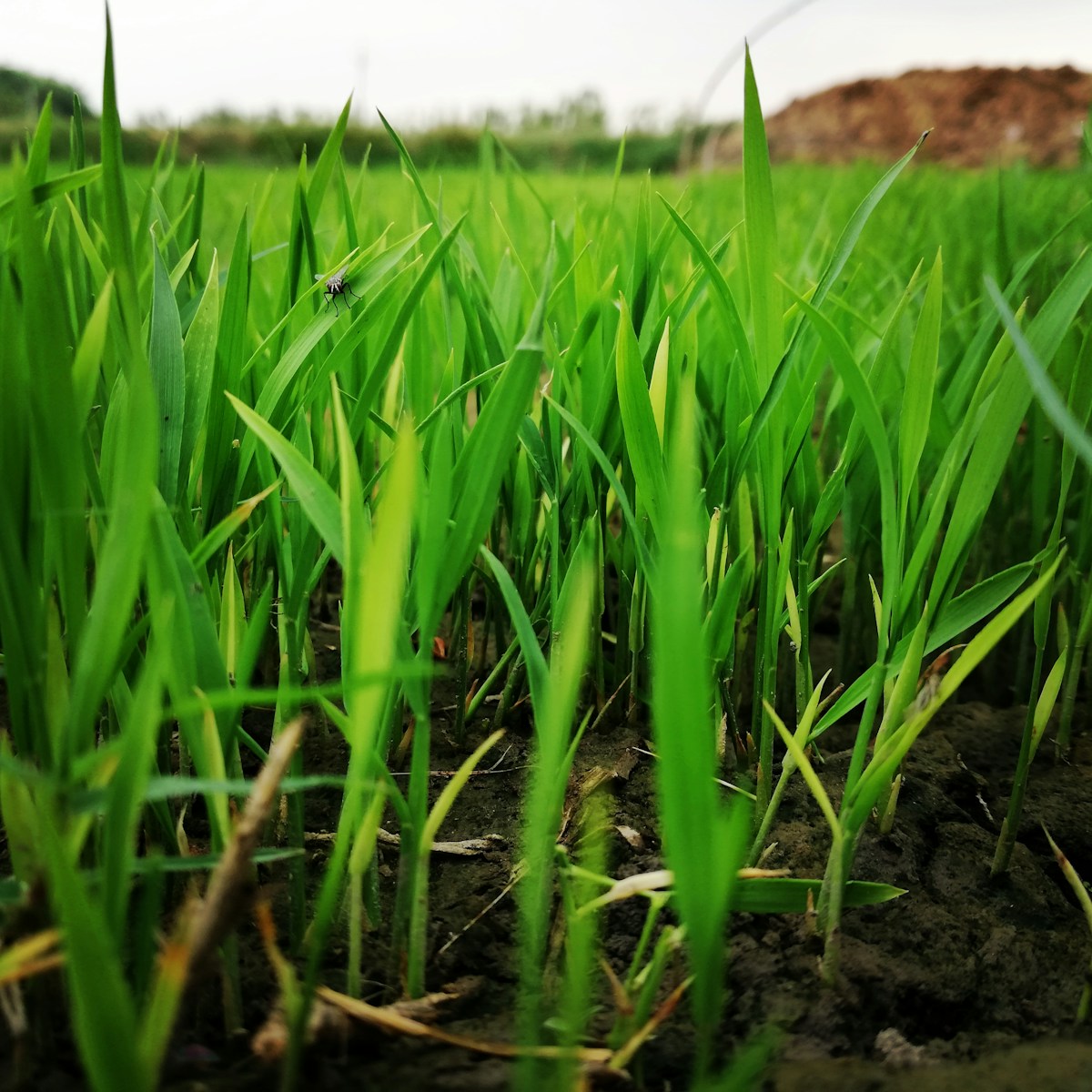
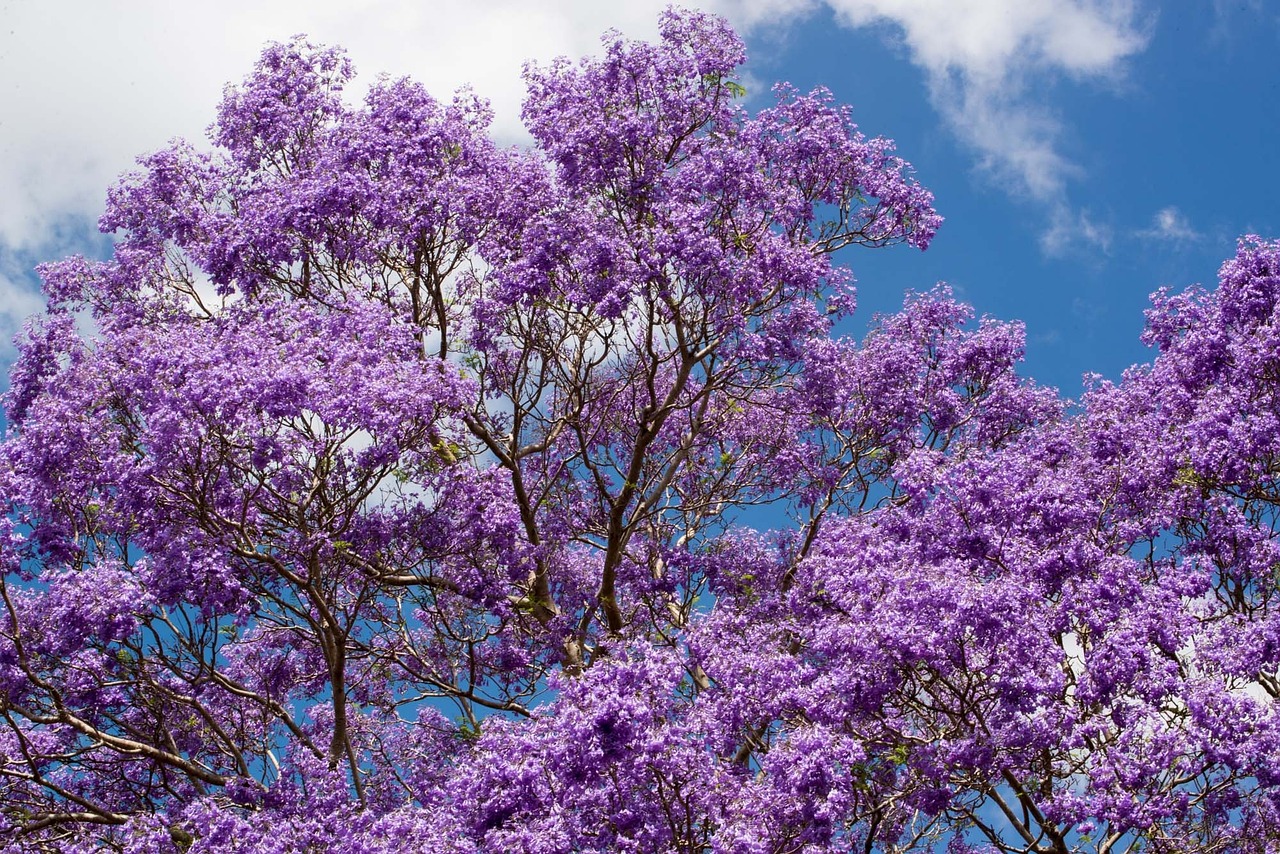


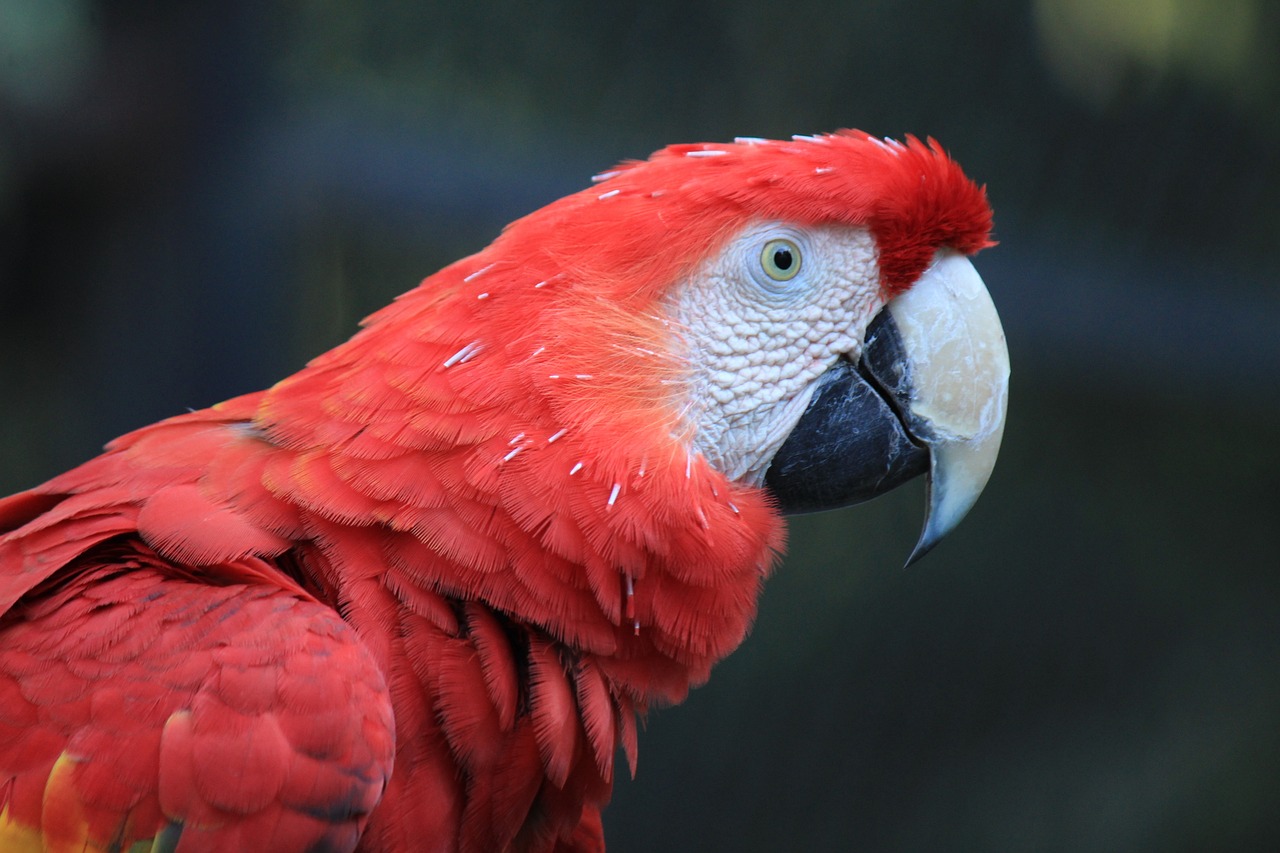
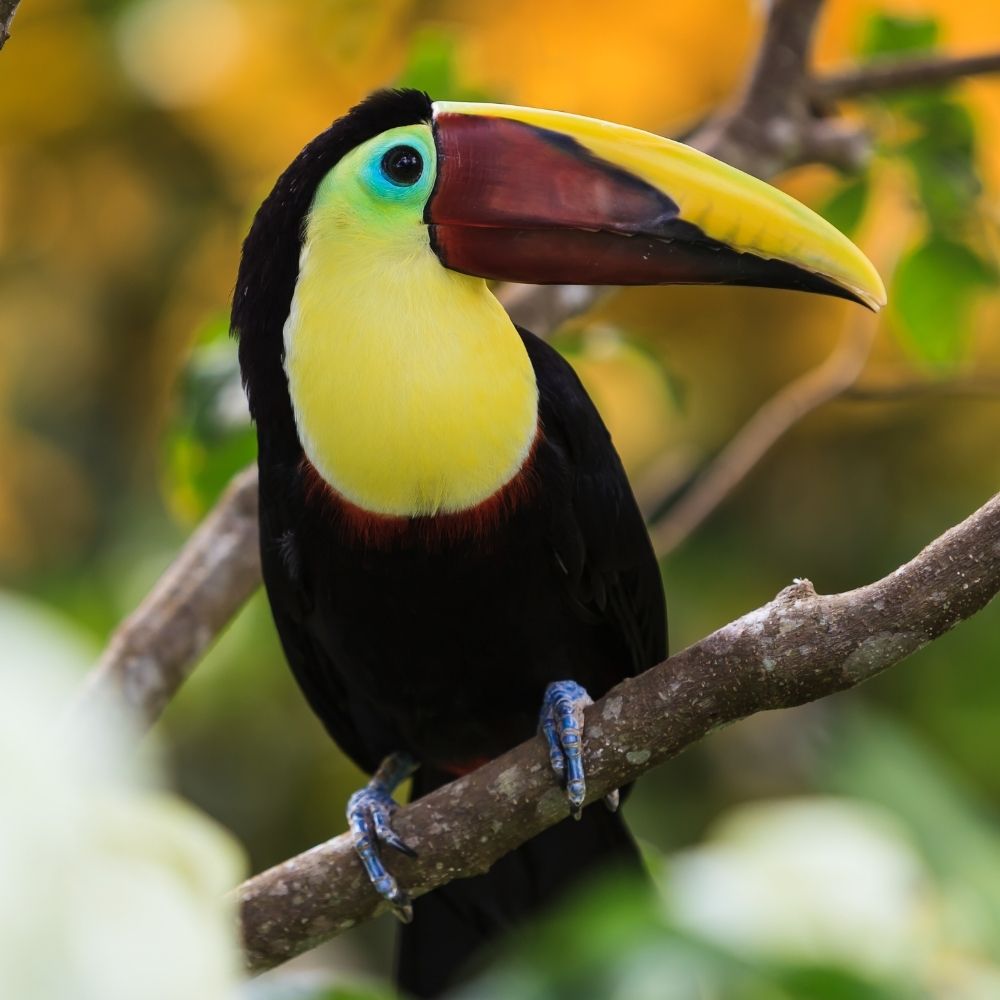
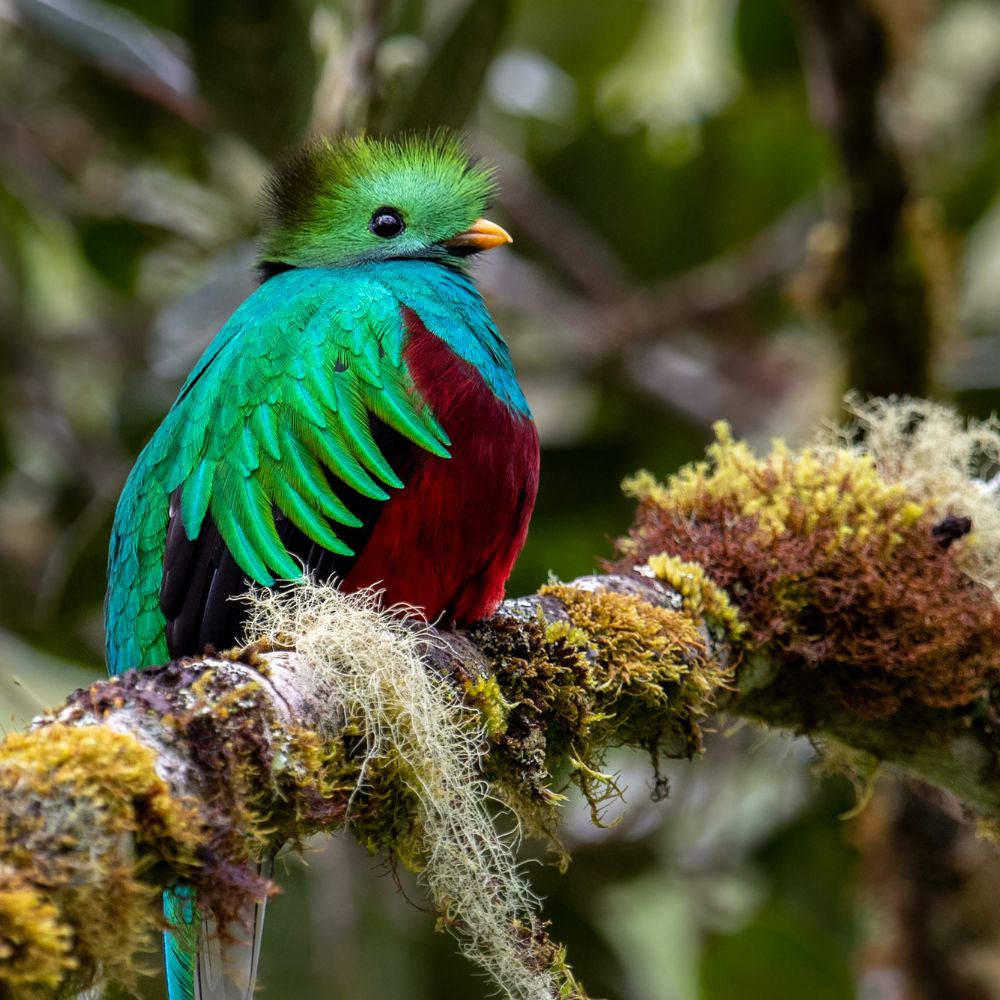

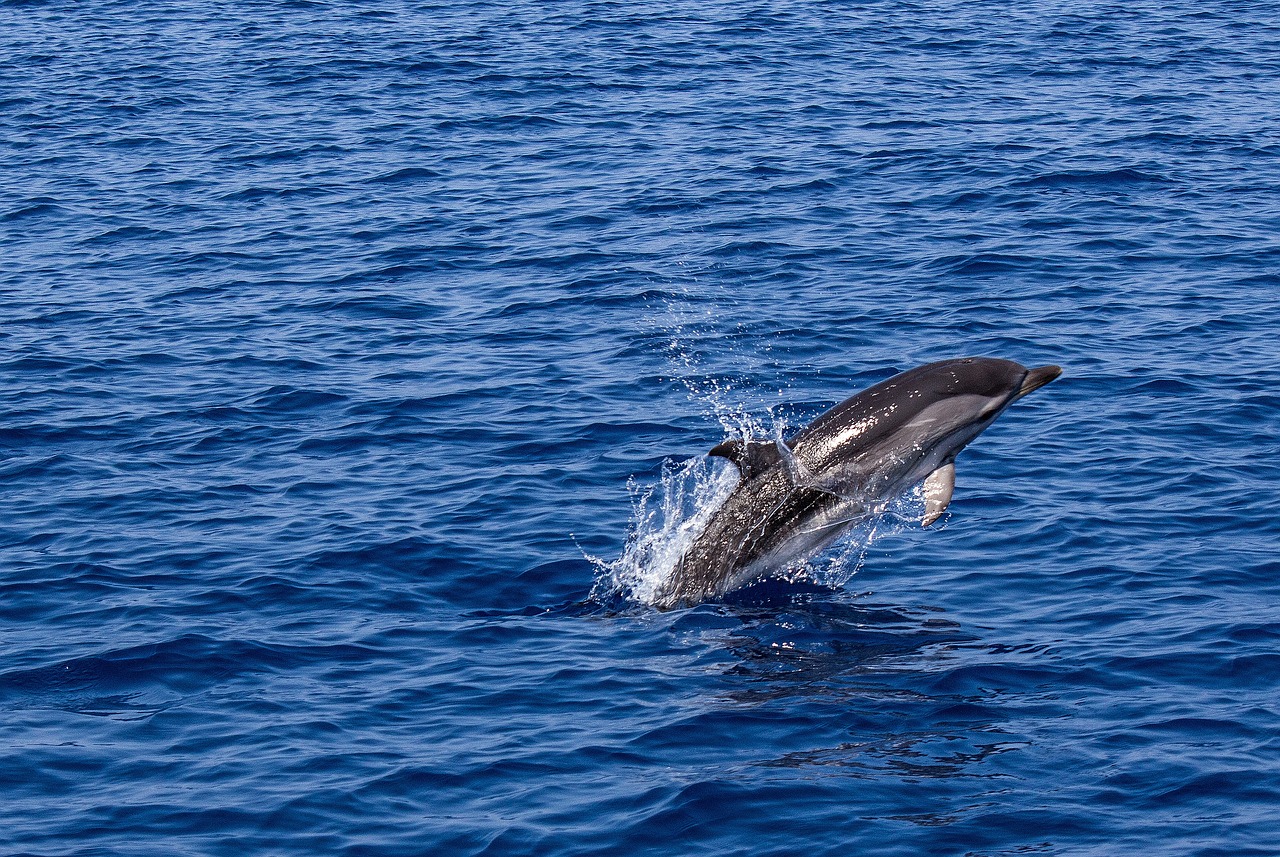
 The Travel Industry in February in Costa Rica
The Travel Industry in February in Costa Rica